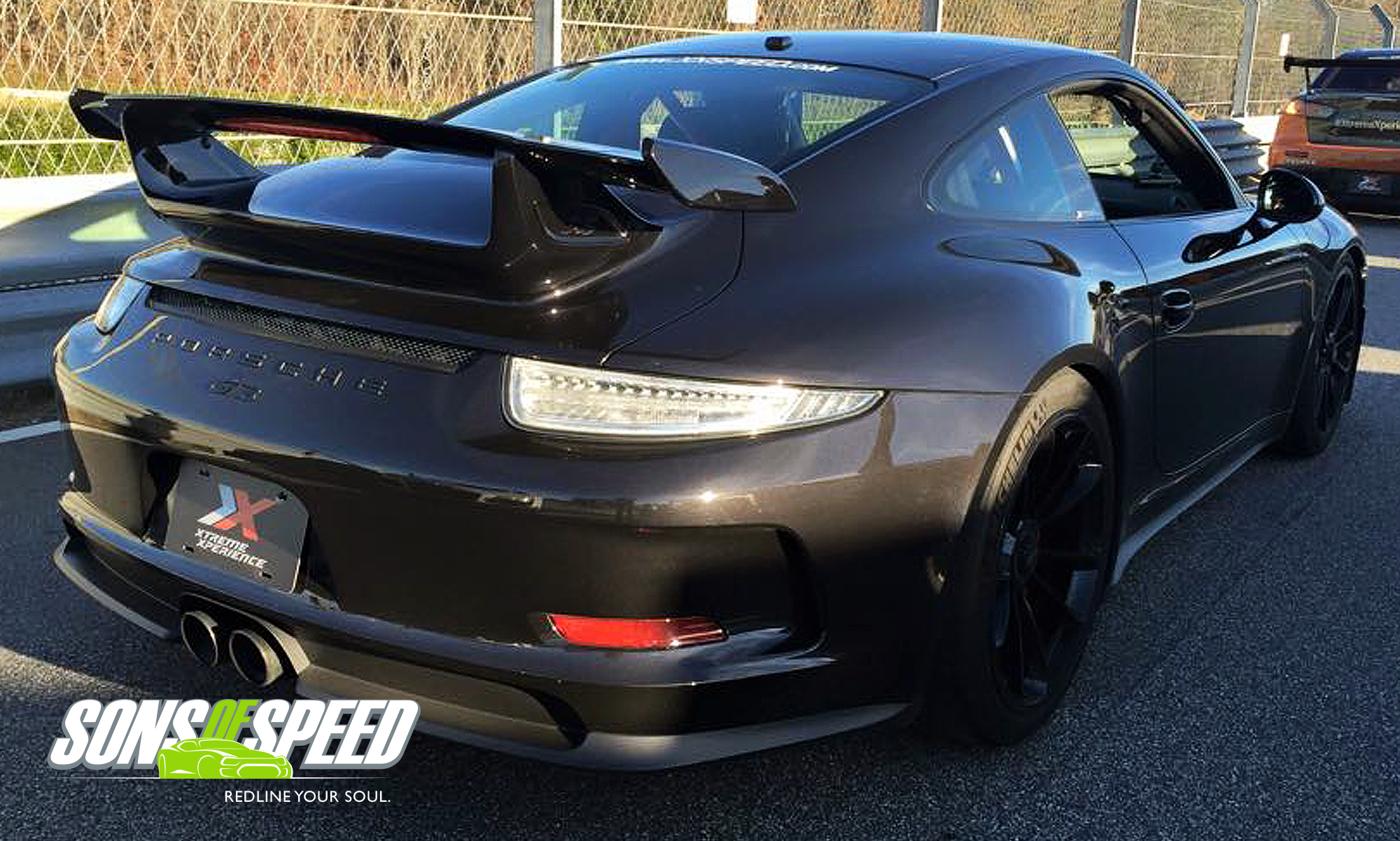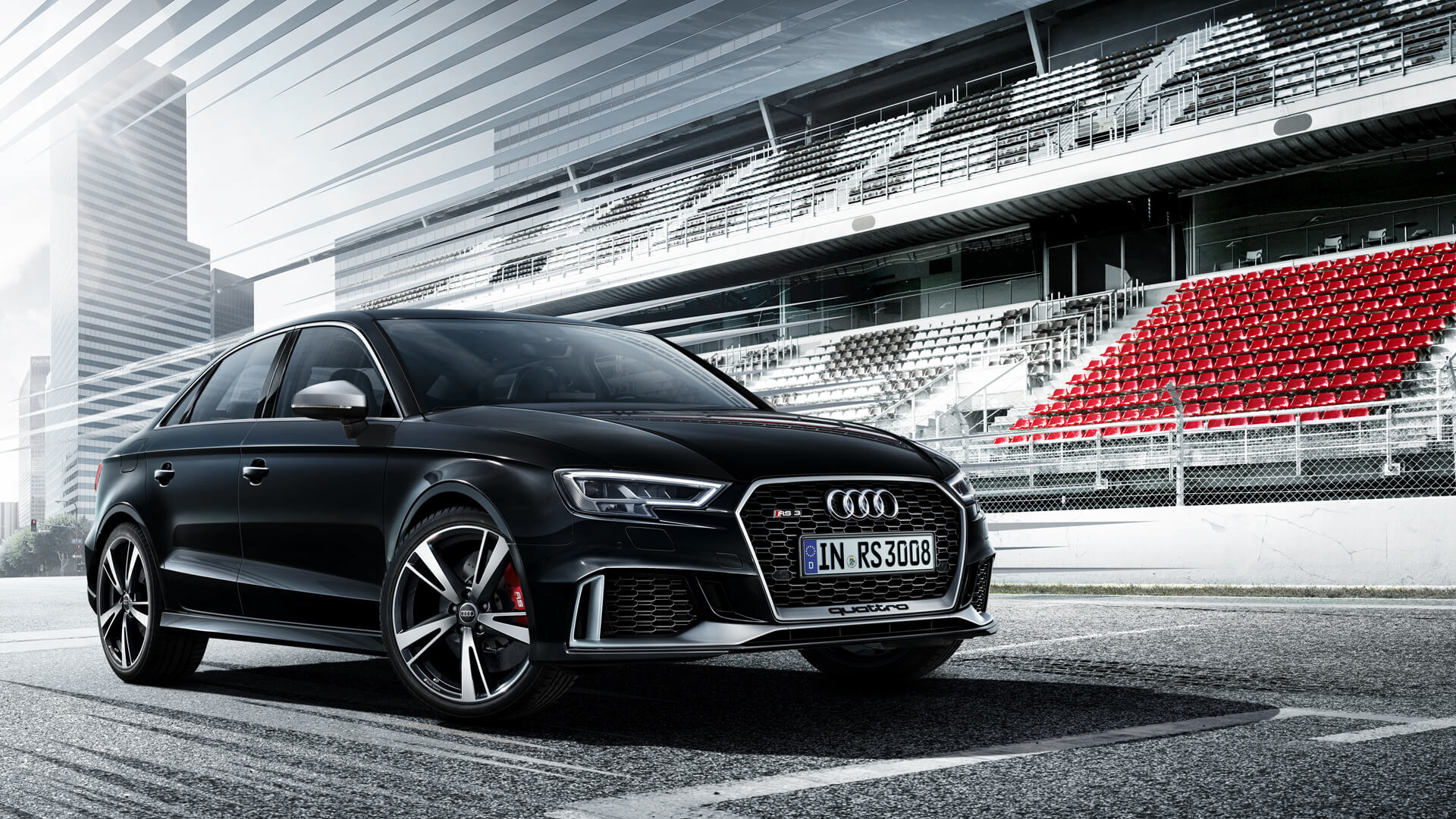The Porsche 991 911 GT3


Created in 1964 by Ferdinand Alexander Porsche, grandson of the founder Ferdinand Porsche, the rear-engine, rear-wheel-drive Porsche 911 is one of world’s most iconic automobiles. From the refinement of an everyday driver to the savageness of a complete racecar, the 911 platform delivers it all. I have been lucky enough to drive many different Porsche models in my short driving career, from a 993 Twin Turbo 911 to a 997 GT3 Cup car, and over and over again one thing remains clear: Porsche’s formula of success is the comfort, style, and agility embedded into every 911 that preserves its status as one of the most sought after sports cars today. Of all the Porches I have raced or driven, however, the one Porsche that has won my heart and puts a smile on my face every time is the brand new 2015 991 911 GT3.
the savageness of a complete racecar…
After producing a total of 14,145 GT3s since 1999, Porsche designed this fifth generation GT3 from the ground up with its engine, transmission, body and chassis being entirely new. Let’s start with the exterior of the car. From its aggressive looking front bumper to its wide body rear end and big rear wing, the GT3 has a body that is uniquely Porsche, but also far more aggressive and wild than your standard 911. The GT3 is 179 inches long and 73 inches wide, but unlike many other supercars, the car is relatively tall, reaching nearly 50 inches from ground to roof. The new GT3 wears 245/35 ZR-20 tires up front and 305/30 ZR-20s out back. The car comes equipped with massive 15-inch brake rotors front and rear and includes 6-piston calipers in front and 4-piston calipers in the rear. For the first time ever, Porsche has equipped the 911 chassis with rear-wheel-steering, so while cornering, the rear tires will actually change direction and help the car rotate through the turn.

The 3.8 Liter, naturally aspirated flatline six-cylinder engine (the first GT3 engine to feature direct injection) produces 475 horsepower at 8250 rpm on its way to a stratospheric 9000 rpm redline, and the seven-speed duel-clutch PDK transmission (which stands for Porsche Doppelkupplung) executes shifts at an incredible 0.1 seconds! You can leave the transmission in automatic and let the car shift for you, but if you’re a racecar driver like myself, you’ll most likely switch to manual mode and use the paddle shifters or sequential shifter using the shift knob. All that power combined with lightening-quick shifts provides a 0-60 time of 3.3 seconds on the way to a top speed of 195 mph. As this car is designed to devour racetracks, Porsche blessed it with a dry-sump oil supply, carried over from the previous generation car. The GT3 now comes standard with a more advanced version of the previously-optional dynamic engine mounts, which keep the car comfortable in everyday driving while (using suspended magnetic particles) they tighten up significantly with spirited driving.

Moving inside, Porsche did a fantastic job sculpting a functionally minimalist – and yet beautiful – interior. Somehow Porsche managed to make the GT3 comfortable for everyday driving, yet also eminently usable at the track. The first thing you notice is that unlike many other supercars (for example, the Lamborghini Gallardo or the Ferrari 458 Italia), the GT3 offers plenty of driver head room, using every bit of its 50-inch height for driver comfort. I’m 6’2″ and can barely drive the 458 Italia or Gallardo without hitting my head on the headliner every time I accelerate, so thanks to Porsche for thinking of the taller gentlemen out here! The black GT3 shown above has the club sport package, which includes a roll bar from the factory and a fire extinguisher, which are perfect for tracking the car. The steering wheel is very basic, yet thick and comfortable, allowing you maximum control whether driving on your favorite canyon road or your local racetrack. The dashboard mimics previous 911 generations with its oversized tachometer front and center, the speedo to the left and vehicle information to the right. In the middle of the car near the center counsel you’ll find the real goodies: sport mode, suspension, and exhaust buttons.
better than almost any other street-legal car…

Now let’s get into the fun stuff, driving the car! One thing I always remember upon entering the car is that almost anyone who doesn’t own a Porsche will have trouble locating where the ignition is, which can be a great car-jacking deterrent. Once you find it to the left of the steering wheel on the dash, the next thing you’ll notice is the tone of the engine. The flat-line six produces a sound that won’t be confused with any other automobile, and when you press the “exhaust” button, the exhaust silencers are deactivated, giving the tone a perfect growl. For on-track use, you’ll almost always put the car into “Sport / PDK” mode, which makes the car even more responsive and also allows the PDK transmission to shift gears in milliseconds. That’s faster than the average human can blink! On track, the car is very agile and well balanced, cooperating with the driver better than almost any other street-legal car I’ve driven. When set to “Sport / PDK” mode, the traction control is set to a very minimum level, which means it won’t cut engine power while you’re in the middle of a fast sweeping corner. This is a welcome a departure from several other sports cars I have driven. If you decide to turn the Traction Control and Electronic Stability Control completely off, the car is surprisingly very easy to control. When traveling under 32 mph, the rear-wheel-steering system turns the rear tires the opposite direction as the front tires, but at speeds over 50 mph turns the rear tires the same direction as the fronts, which gives the GT3 greater high-speed stability. Porsche credits this system as playing a decisive role in reducing the GT3’s Nürburgring lap times. This 3,152 pound car will do anything you ask it to, and then some. Ride onboard with me for a lap around the Autobahn Country Club to see for yourself. https://www.youtube.com/watch?v=gwq5mJ9JtsU
Overall, the Porsche 991 911 GT3 is an outstanding automobile. From the lines of the body to the pure agility of the chassis, this car is most likely guaranteed to make the driver fall in love with it. What really blows my mind, though, is the fact that this is still a street legal car. Porsche continues to push the limits with every new 911 model, and I think that they are going to have a hard time outdoing themselves with the next chassis. If I were to grade the 991 911 GT3, I would gladly give this car a solid A.


